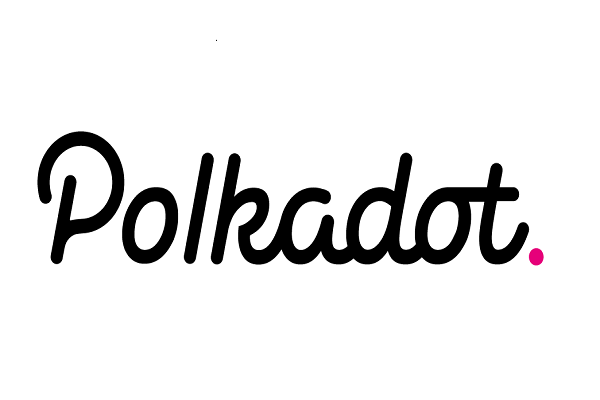Polkadot, in the same way as other post-Bitcoin cryptocurrencies, is both a token that can be traded through exchanges like Coinbase and a decentralized trading center.
Polkadot: Decentralized Web 3.0 Blockchain

The Polkadot protocol is intended to permit inconsequential blockchains to safely converse with one another, so that worth or information can stream between, say, the Ethereum and Bitcoin blockchains with no intermediary. It’s additionally intended to be quick and versatile, through the utilization of many equal blockchains (or “parachains”) that take a large part of the handling interest off of the fundamental blockchain.
The Polkadot token (DOT) serves two principle capacities inside the Polkadot network: it’s a governance token, which permits holders to have something to do with the eventual fate of the convention, and it’s utilized for marking, which is the manner in which the Polkadot network checks exchanges and issues new DOT. DOT can be traded on trades like Coinbase as a component of your venture technique.
How is Polkadot organized?
The Polkadot network incorporates a fundamental blockchain called the “relay chain” and numerous client-made equal chains (or “parachains”). It likewise has an interfacing layer, or “bridge,” that permits worth and information to be moved between most blockchains – and can even be utilized to associate with non-blockchain databases.
How does Polkadot function?
The explanation Polkadot can handle all of this data is on the grounds that the numerous parachains do a ton of the truly difficult work for the fundamental hand-off chain. Accordingly, the Polkadot organization can deal with in excess of 1,000 exchanges each second, contrasted with around 7 for Bitcoin and 30 for Ethereum.
As the organization develops and more parachains are added, Polkadot ought to settle the score quicker, with speeds that could hit 1,000,000 exchanges each second.
How does staking work with Polkadot?
Polkadot utilizes a proof-of-stake agreement component (rather than the confirmation of-work framework Bitcoin utilizes) to get the organization, check exchanges, and make an appropriate new DOT. There are multiple ways DOT holders can associate with the marking framework – relying upon how long, specialized information, and cash they need to commit.
- Validators accomplish the most work – it’s a significant responsibility, and requires a specialized skill. To turn into a validator, you want to run a hub (one of the PCs that makes up the organization) with practically no personal time and stake your very own significant measure DOT. In return, you get the option to confirm genuine exchanges, add new “blocks” of exchanges to the hand-off chain, and conceivably procure recently made DOT, a cut of exchange fees, and tips. (On the other side, you can likewise relinquish some or all of your marked DOT for acting malevolently, committing an error, or in any event, having specialized hardships).
- Nominators permit ordinary financial backers to partake in marking in a roundabout way. You can appoint a portion of your DOT to a validator you trust to act as indicated by the guidelines. In return, you get a cut of DOT acquired by your picked validators. Be cautious with who you pick: you additionally can relinquish a portion of your stake if your validator disrupts the guidelines.
There are likewise two specific jobs that ordinarily require to a lesser extent a responsibility than turning into a full validator however more specialized ability than is needed to be a nominator: Collators monitor substantial parachain exchanges and submit them to the hand-off chain validators.
